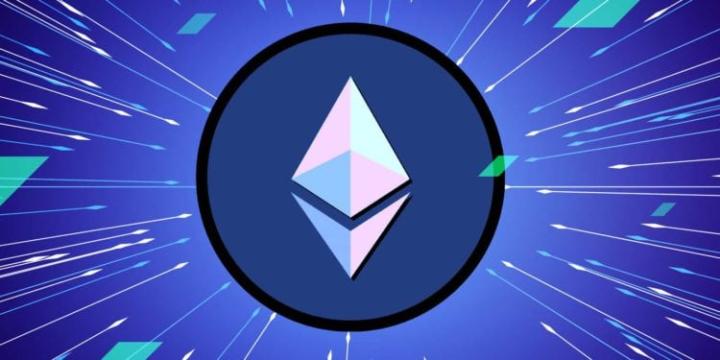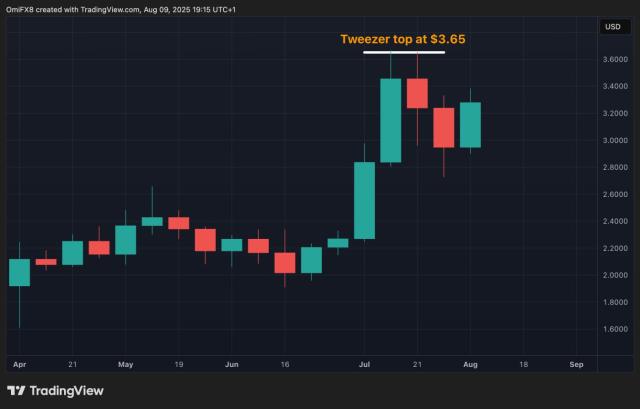Chainfeeds Guide:
If ZK transformation is the starting point of Ethereum's technical reconstruction, then "real-time proof" and "native Rollup" are the core implementation stages of this scaling revolution.
Article Source:
https://mp.weixin.qq.com/s/bSC2CFjWax5hljxkcadyKQ
Article Author:
Cointelegraph
Perspective:
Cointelegraph: On Ethereum's roadmap towards 10,000 TPS, there is an indispensable technological breakthrough point: real-time proving. Succinct co-founder Uma Roy explains: "Real-time proving refers to the ability to generate a ZK proof for an Ethereum mainnet block in less than 12 seconds". What does this mean? Once real-time proving is achieved, Ethereum can incorporate its block verification logic into the protocol itself and almost "arbitrarily" increase the Gas limit without sacrificing verifiability, thereby achieving large-scale L1 expansion (editor's note: Ethereum mainnet generates a block every 12 seconds, so "real-time" means completing proof within each block cycle). However, to achieve real-time proving, zkVM technology alone is not enough; changes to the Ethereum protocol layer are also needed. Ethereum Foundation's Ladislaus points out that a key mechanism - "decoupling block verification and immediate execution" - is expected to be introduced in next year's Glamsterdam upgrade, which will provide Provers with more ample time to generate zkEVM proofs within a complete slot, thus achieving truly real-time processing. The Ethereum Foundation's initial technical target for Provers is to control hardware costs within $100,000, with power consumption below 10 kilowatts, approximately equivalent to the power consumption of a Tesla Powerwall home battery. This number doesn't sound "lightweight", and Ethereum critic Justin Bons (Cyber Capital founder) calls it "crazy hardware requirements far beyond Solana validator nodes", but this actually confuses two completely different roles. Ladislaus from the Ethereum Foundation's protocol coordination team points out that Provers and Validators have different responsibilities and cannot be conflated - Validators run nodes and participate in consensus, while Provers' task is to generate ZK proofs. Once a transaction's ZK proof is correctly generated, the network only needs to verify whether the proof is correct, without repeating the transaction execution. Because of this, Ladislaus is optimistic, "As long as we can find an honest prover that meets hardware conditions, Ethereum can continue to run safely. We deliberately set the threshold below data centers, and even if it's not a large institution or data center, as long as it's an individual developer with technical capabilities, they can run a Prover at home". At an EthProofs conference in July this year, researcher Justin Drake mentioned several potential risk concerns. For example, malicious attackers might insert so-called "prover killers" into blocks, causing the entire network verification mechanism to fail; or network activity might drop sharply, with transaction fee income insufficient to cover the cost of generating ZK proofs, thus affecting network sustainability. Ladislaus from the Ethereum Foundation's protocol coordination team says the entire transition process might take several years, especially focusing on security risks. ZK virtual machine (zkVM) is a complex technology still in its early stages and highly likely to have various vulnerabilities. However, as the ecosystem matures, we can gradually improve its feasibility and robustness on Ethereum L1 through introducing proof diversity, improving incentive mechanisms, and formal verification.
Content Source








